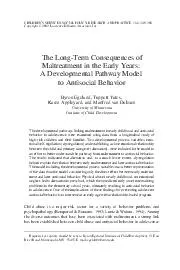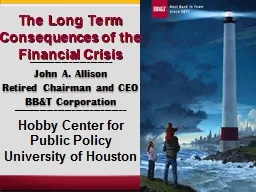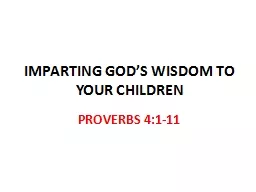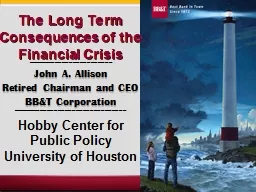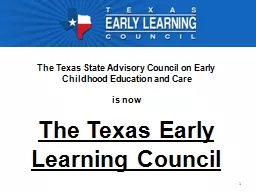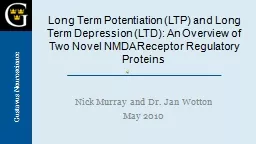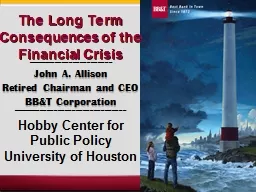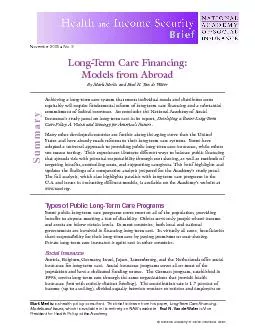PDF-The Long-Term Consequences ofMaltreatment in the Early Years:A Develop
Author : debby-jeon | Published Date : 2016-06-24
RequestsforreprintsshouldbesenttoByronEgelandInstituteofChildDevelopment51EastRiver Road Minneapolis MN55455 Email egela001umnedu andadulthoodWidom1989particularlyforboysMalinoskyRummel
Presentation Embed Code
Download Presentation
Download Presentation The PPT/PDF document "The Long-Term Consequences ofMaltreatmen..." is the property of its rightful owner. Permission is granted to download and print the materials on this website for personal, non-commercial use only, and to display it on your personal computer provided you do not modify the materials and that you retain all copyright notices contained in the materials. By downloading content from our website, you accept the terms of this agreement.
The Long-Term Consequences ofMaltreatment in the Early Years:A Develop: Transcript
Download Rules Of Document
"The Long-Term Consequences ofMaltreatment in the Early Years:A Develop"The content belongs to its owner. You may download and print it for personal use, without modification, and keep all copyright notices. By downloading, you agree to these terms.
Related Documents

